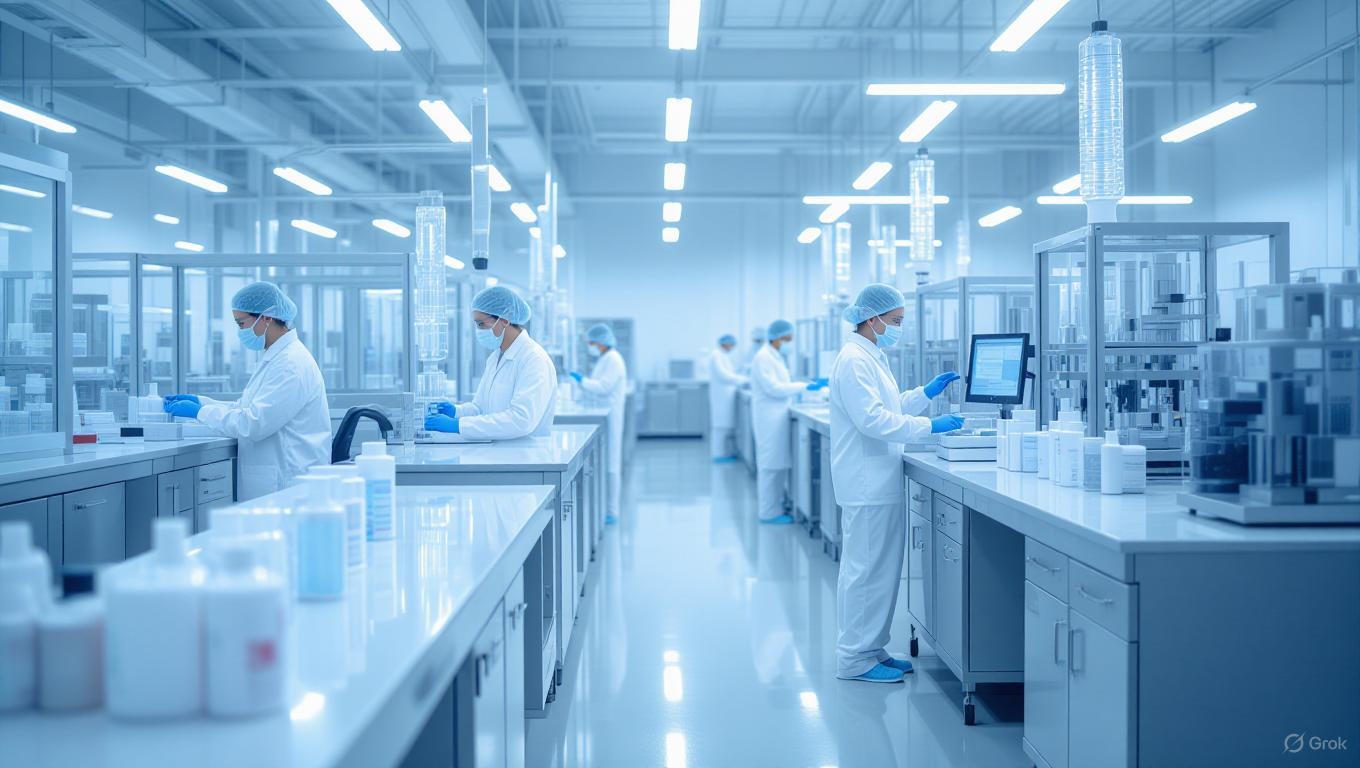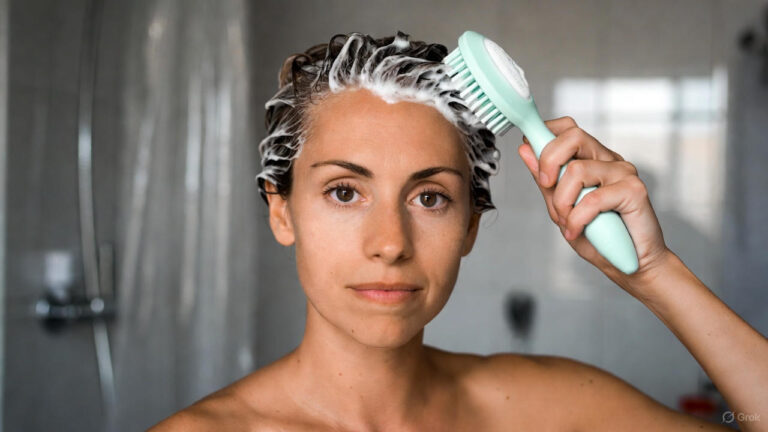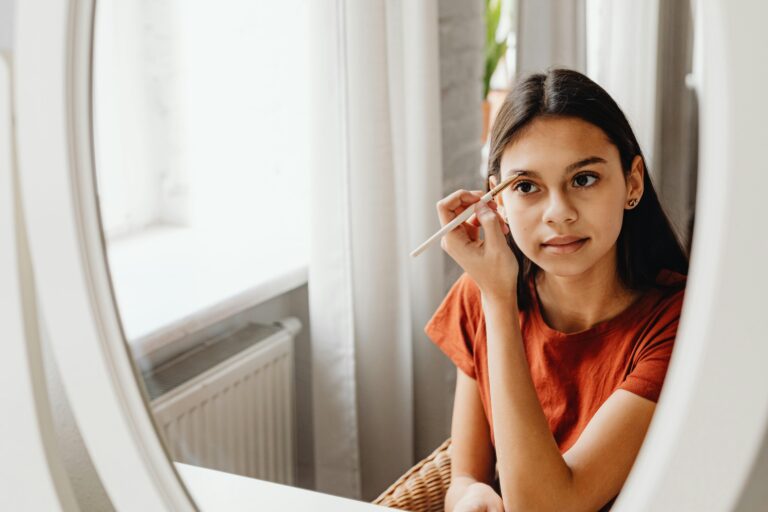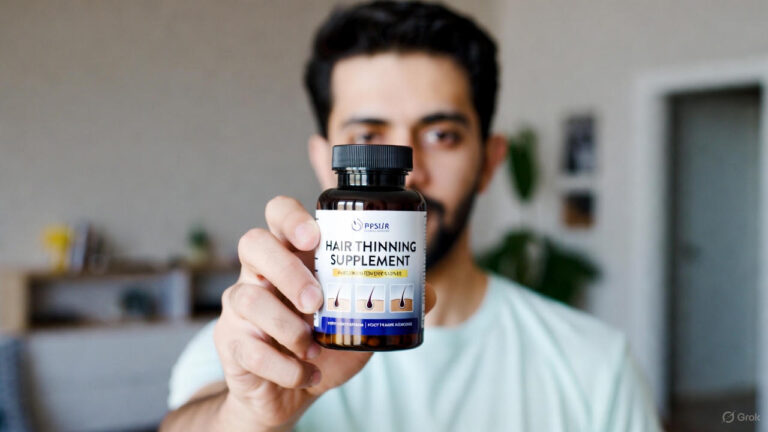Ever wondered how beauty products are made safely before they land on store shelves? You use creams, lotions, or makeup every day, trusting they won’t harm your skin. Behind the scenes, companies follow strict safety processes. They test ingredients, monitor production, and meet regulations to protect you. Understanding these steps builds trust in the products you love.
The Journey of Safe Beauty Products
Making safe beauty products starts long before a bottle or jar exists. Scientists select safe ingredients based on research. Every formula goes through safety checks. Regulatory bodies like the Food and Drug Administration (FDA) in the United States or the European Medicines Agency (EMA) in Europe set guidelines. Brands that follow them create products you can trust.
Step 1: Ingredient Selection and Research
Ingredients are the foundation of beauty products. Companies pick ingredients based on safety records. They check databases like the Cosmetic Ingredient Review for safety status.
Chemists also consider skin sensitivity. They avoid known allergens or irritants. For example, parabens and sulfates once dominated the market. Today, many brands swap them out for milder options. This step ensures formulas start safe.
Step 2: Laboratory Testing for Safety
Before beauty products reach your hands, they face rigorous lab testing. Tests check for irritation, allergic reactions, and stability.
Some tests simulate how a product interacts with human skin without using animals. Many companies now use cell-based or computer-model tests. These provide safety insights without harm.
Stability tests confirm that formulas stay safe over time. A face cream must remain effective and safe months after production. No one wants a product that spoils early or grows bacteria.
Step 3: Production in Controlled Environments
Manufacturing beauty products safely means clean, controlled environments. Production lines often resemble pharmaceutical facilities.
Workers wear gloves, hairnets, and sanitized gear. Air filtration systems reduce contamination risks. Even water used in formulas goes through purification.
Each batch undergoes microbial testing to ensure no harmful bacteria grow. This step keeps products safe even when you open them months later.
Step 4: Regulatory Approval and Compliance
Different countries have unique rules for how beauty products are made safely. In Europe, the EU Cosmetics Regulation requires detailed safety assessments. In the United States, the FDA monitors labeling and ingredient safety but relies on companies to ensure compliance.
Brands document their processes, keep safety reports, and sometimes submit them for review. Some markets require clinical testing on volunteers under dermatological supervision.
Step 5: Packaging Safety
Safe packaging is part of safe beauty. Packaging materials must not react with the formula. For example, certain oils can break down plastic over time.
Airless pumps help prevent contamination. Tamper-proof seals keep products fresh. Labels include expiration dates, ingredient lists, and warnings for sensitive users.
Step 6: Ongoing Quality Control
Safety doesn’t stop after launch. Companies monitor customer feedback. If an ingredient causes irritation, they reformulate.
Random batch testing ensures continued quality. Some brands even hire third-party labs for independent testing. Transparency builds trust, especially for sensitive users.
Case Studies: Safe Beauty in Action
1. Hypoallergenic Baby Products
Baby skin is delicate. Brands like Johnson & Johnson test products under pediatric supervision. They remove fragrances and harsh chemicals to reduce risks.
2. Clean Beauty Movement
Brands like Fenty Skin and Drunk Elephant focus on safe, minimal ingredient lists. They avoid allergens and use gentle preservatives. Their marketing highlights the steps they take to keep products safe.
3. Sunscreens
Sunscreens must balance safety with UV protection. Brands test for irritation, stability under heat, and effectiveness. The FDA and EMA closely regulate sunscreen formulas to ensure they protect without harm.
The Role of Technology in Safe Beauty
New technology speeds up safe production. Computer models predict how ingredients interact. Robotics help mix and package without contamination risks.
DNA-based tests identify allergy risks for individuals. Imagine buying a cream customized to your genetic makeup. Safe production is becoming more personal and precise.
Sustainability and Safety Together
Consumers want eco-friendly plus safe products. Brands now test biodegradable ingredients and recyclable packaging. They ensure these options still meet safety standards.
Waterless beauty, for example, reduces contamination risks. Less water means fewer preservatives needed. This shift helps both the planet and product safety.
The Future of How Beauty Products Are Made Safely
Safety standards continue to rise. Regulators push for more transparency. Consumers demand clean, ethical, and effective products.
Expect more cruelty-free testing, eco-conscious packaging, and personalized safety checks. Brands that adapt will thrive.
Frequently Asked Questions (FAQs)
1. Are natural ingredients always safe?
Not always. Natural ingredients can cause allergies. Testing ensures even plant-based options are safe.
2. How do I know if a beauty product is safe for me?
Check labels. Look for allergy warnings, dermatologist-tested claims, or hypoallergenic notes. Patch-test before full use.
3. Who regulates beauty product safety?
In the U.S., the FDA monitors cosmetics. In Europe, the EU Cosmetics Regulation oversees safety. Always buy from reputable brands.
4. Do cruelty-free products undergo safety tests?
Yes, just without animals. They use alternative testing like cell cultures or computer models.
5. Can expired beauty products become unsafe?
Yes. Expired products may grow bacteria or lose stability. Always follow expiration dates.
Conclusion
Safe beauty products don’t happen by chance. They result from research, testing, compliance, and ongoing care. Knowing how beauty products are made safely helps you shop with confidence. Next time you pick up your favorite cream, you’ll know the science and care behind it.
Ready to explore new products? Check trusted sources, read reviews, and enjoy safe, effective beauty every day.



